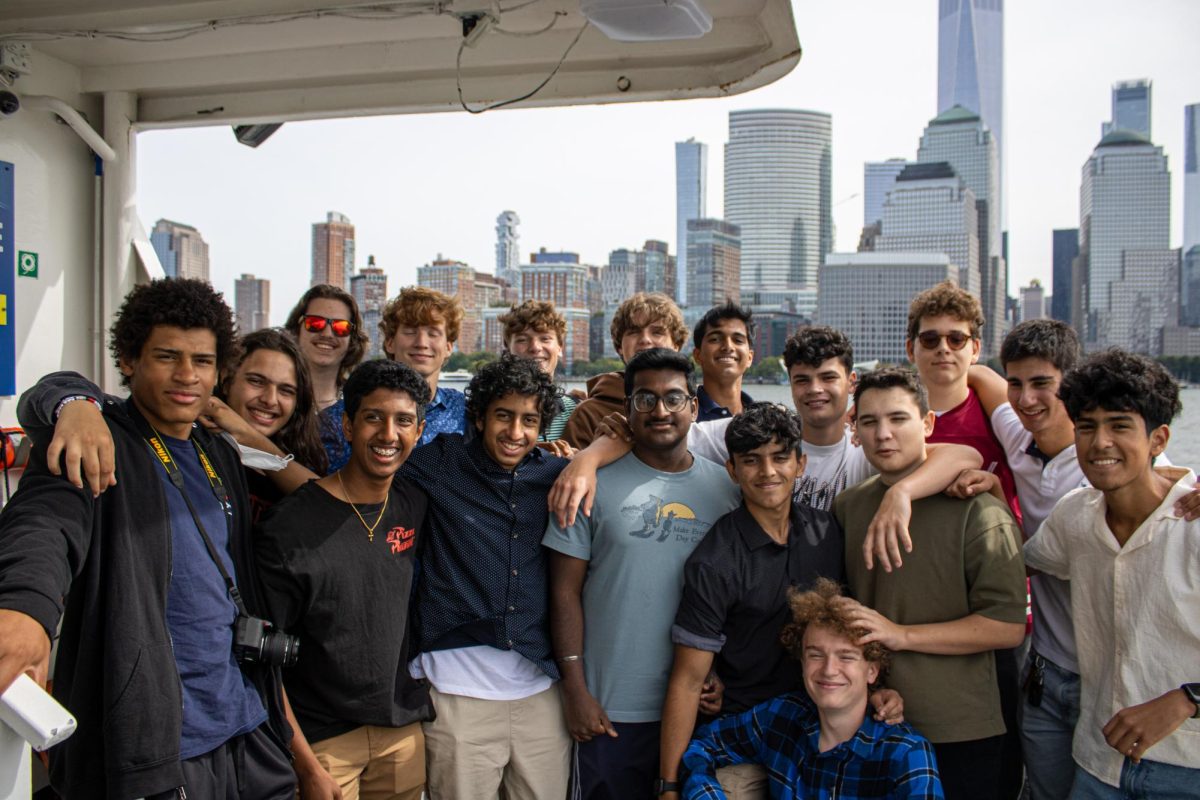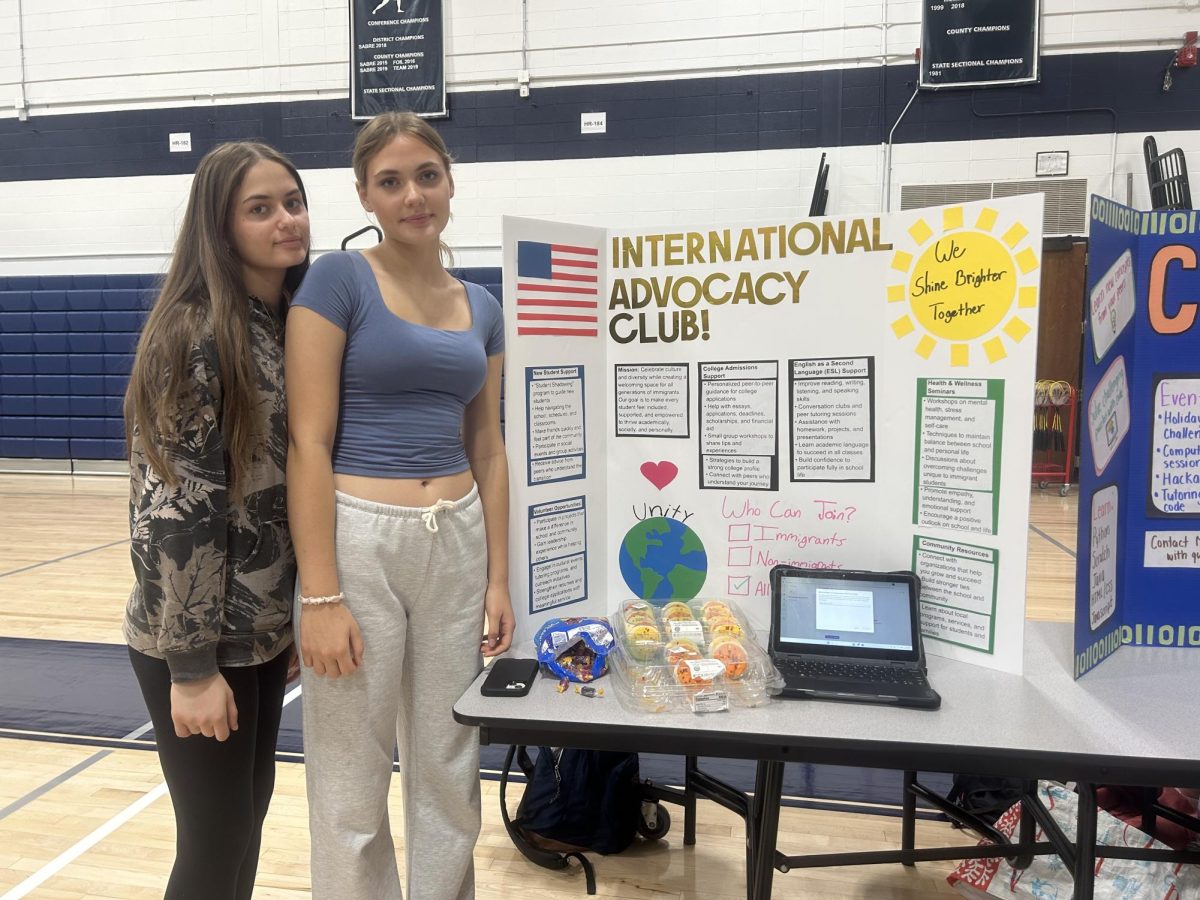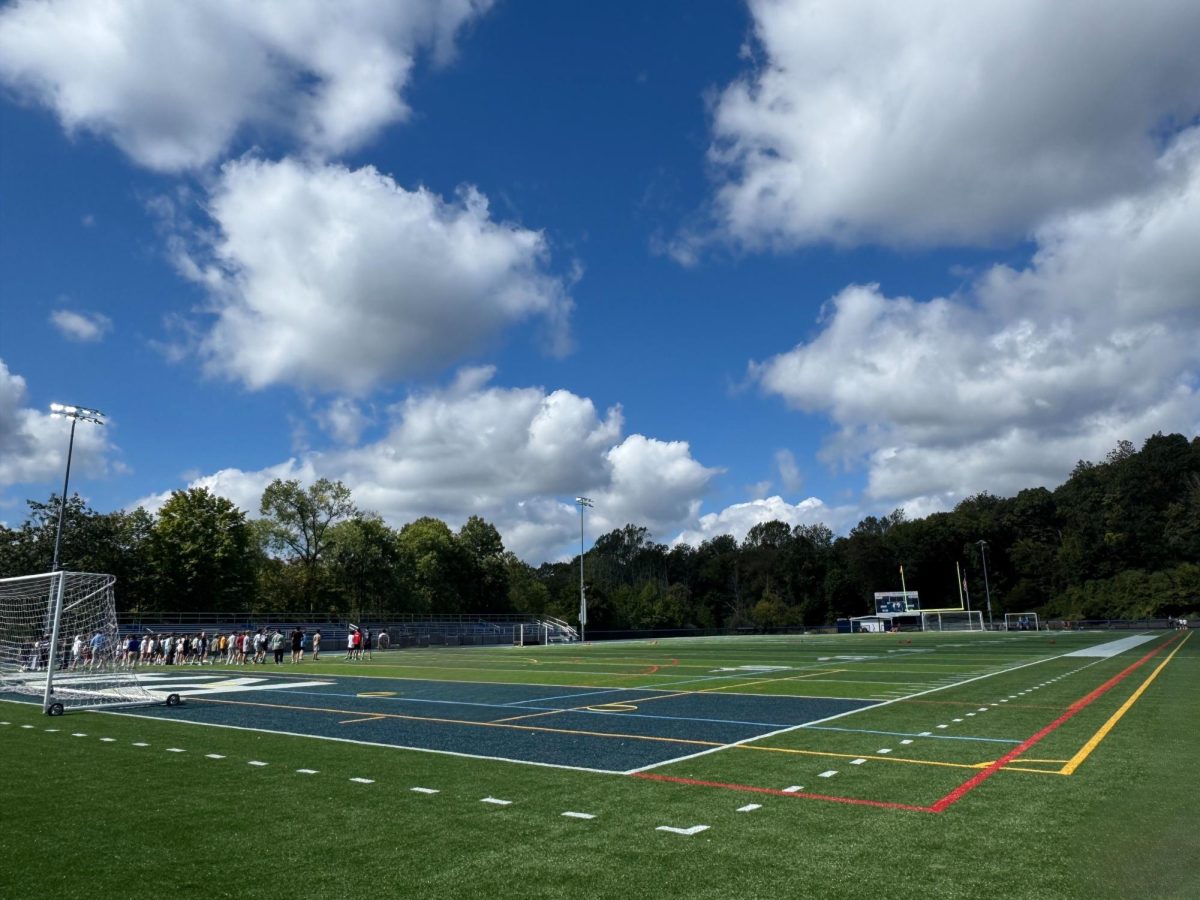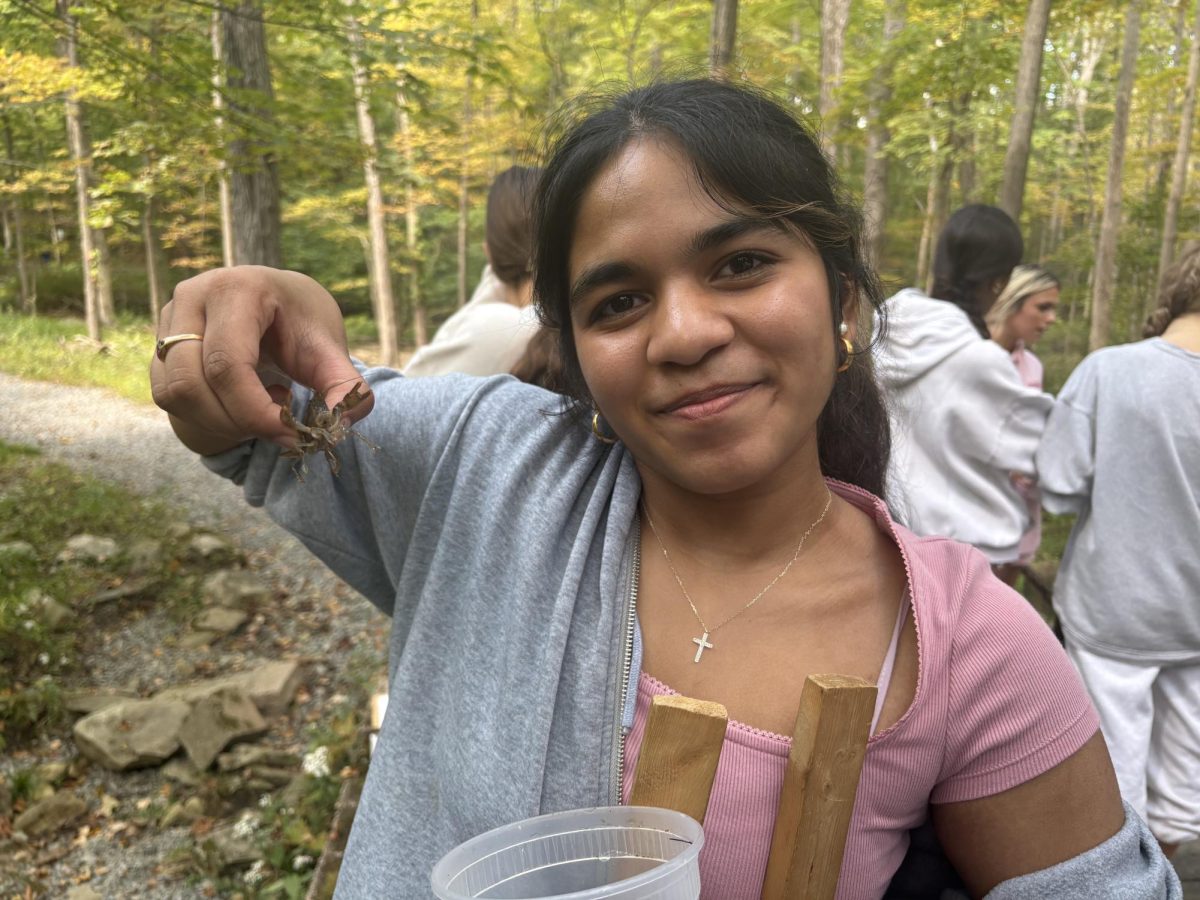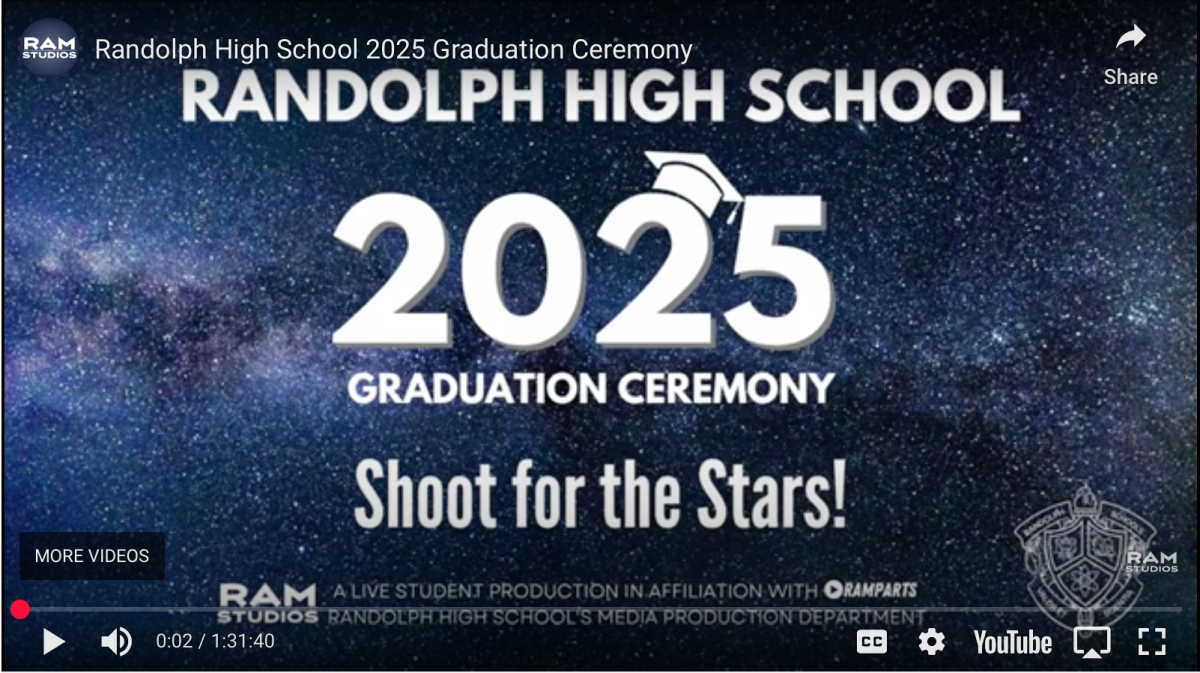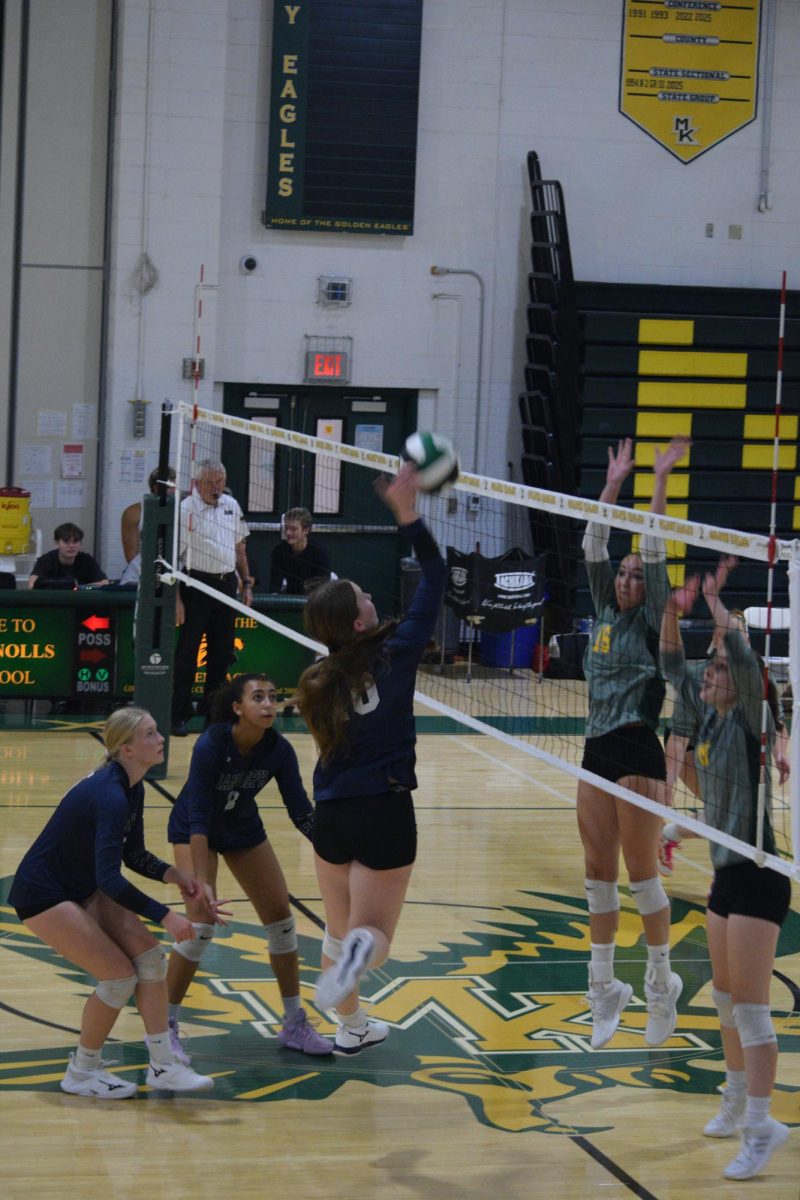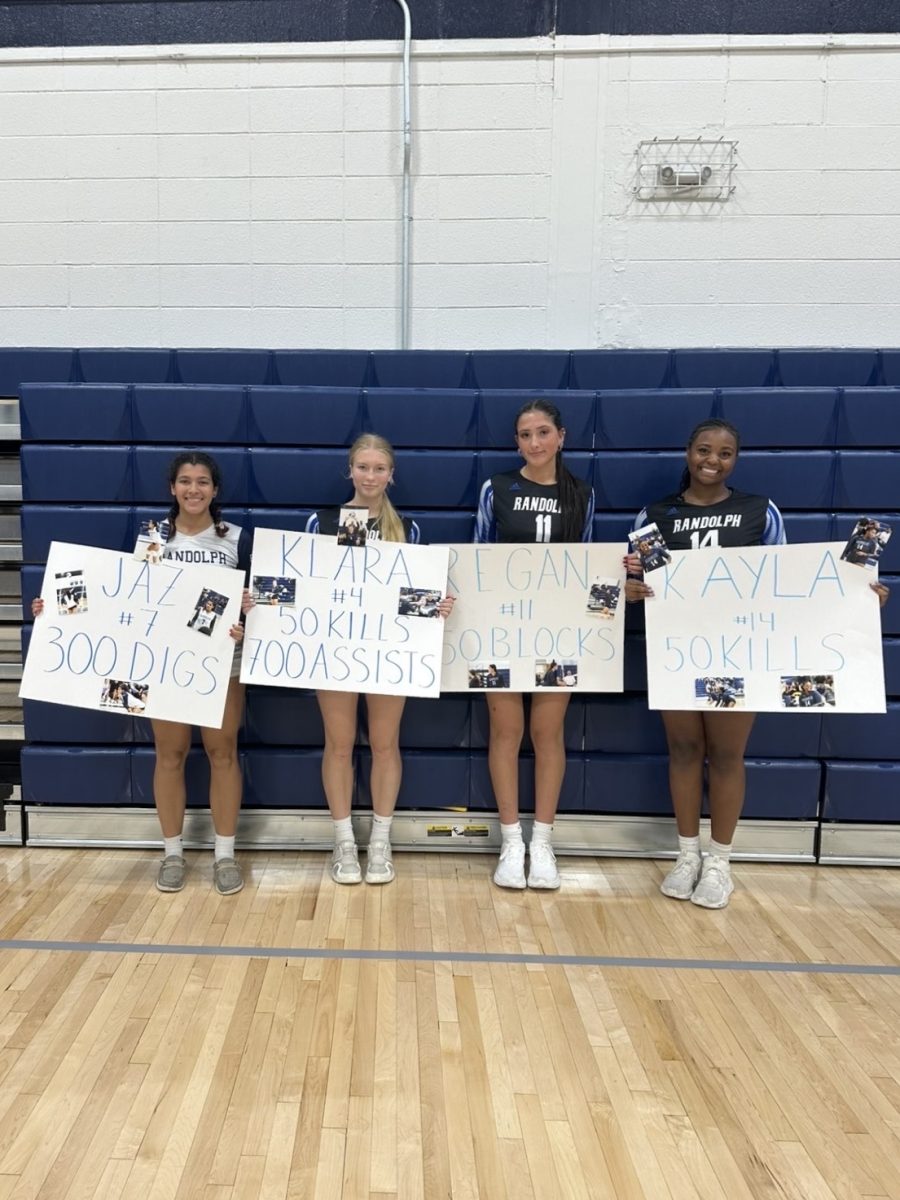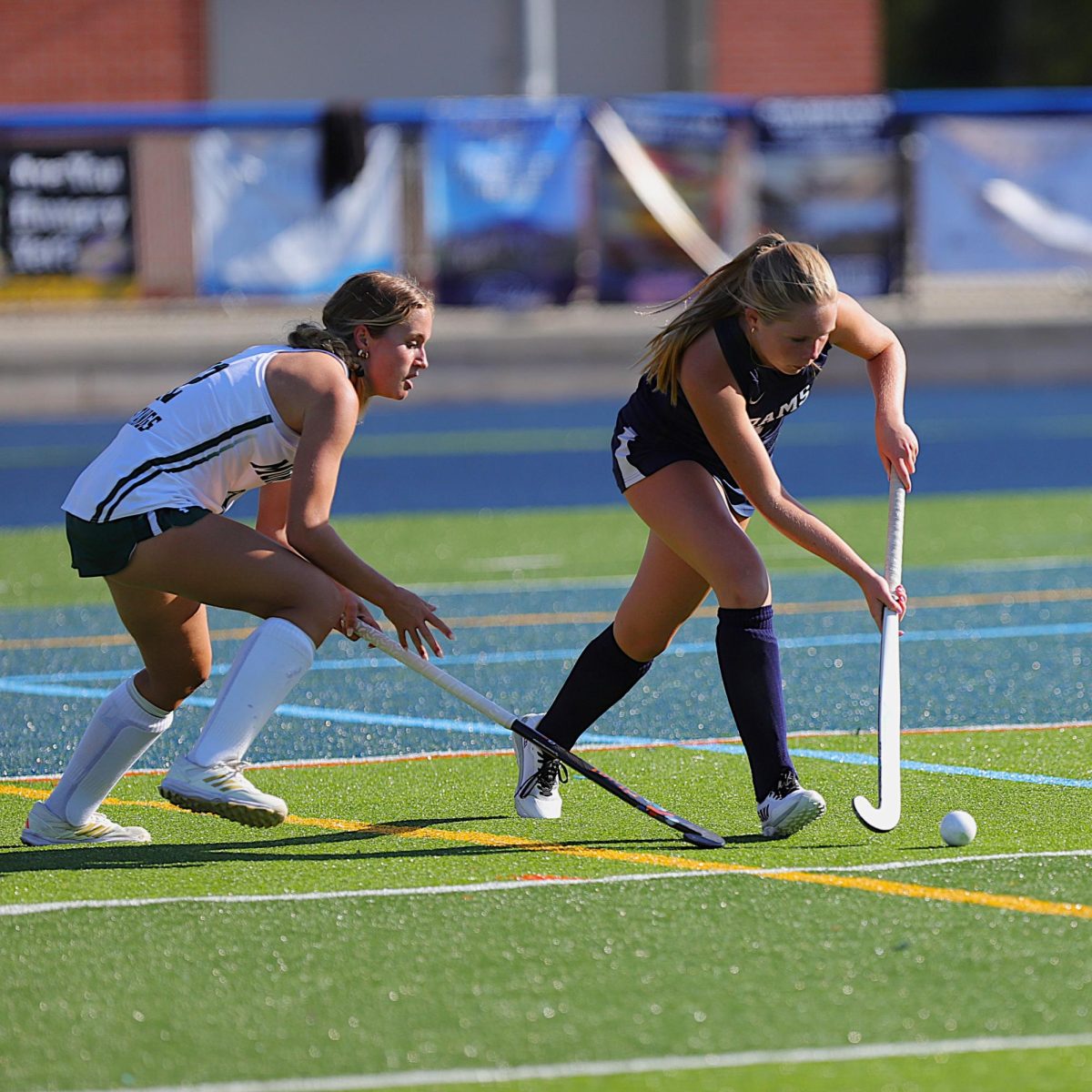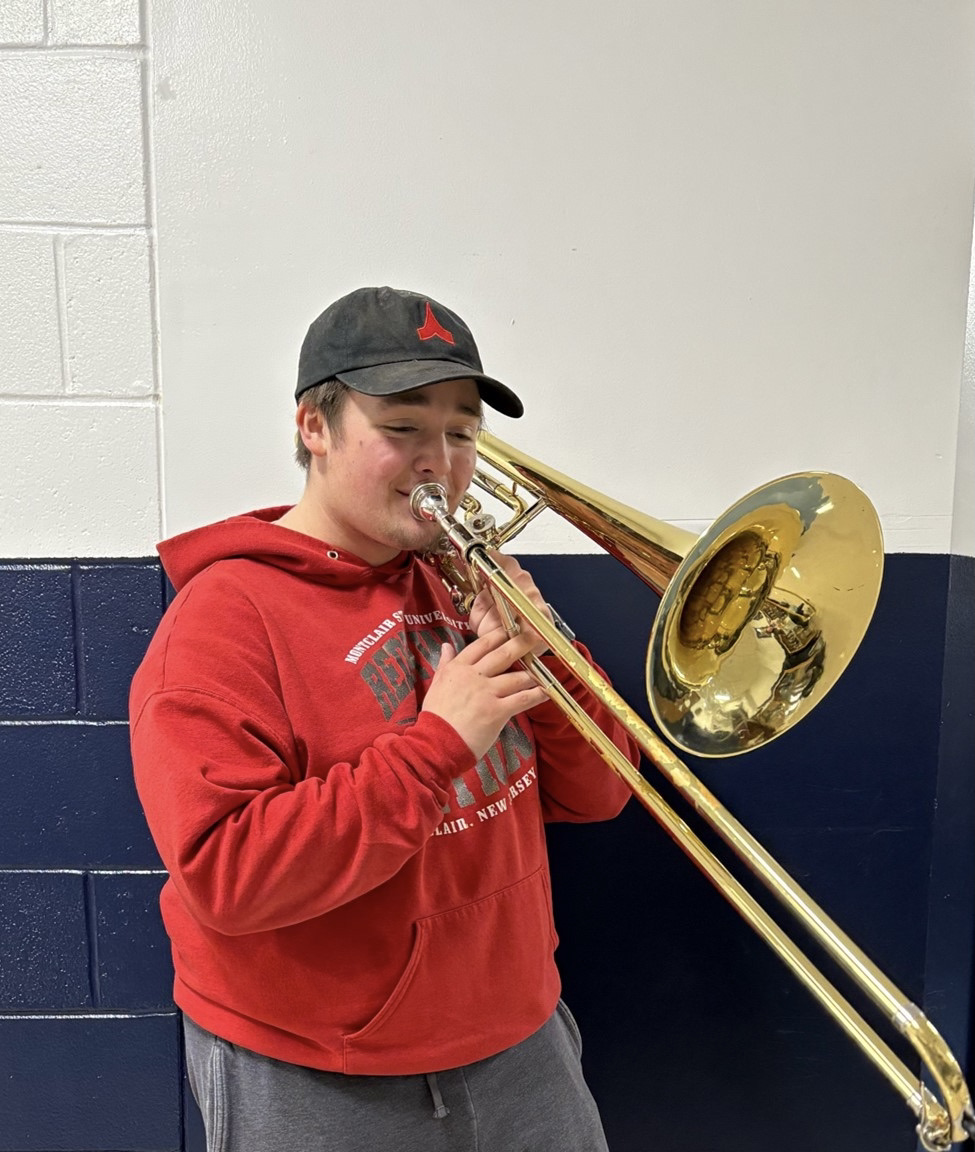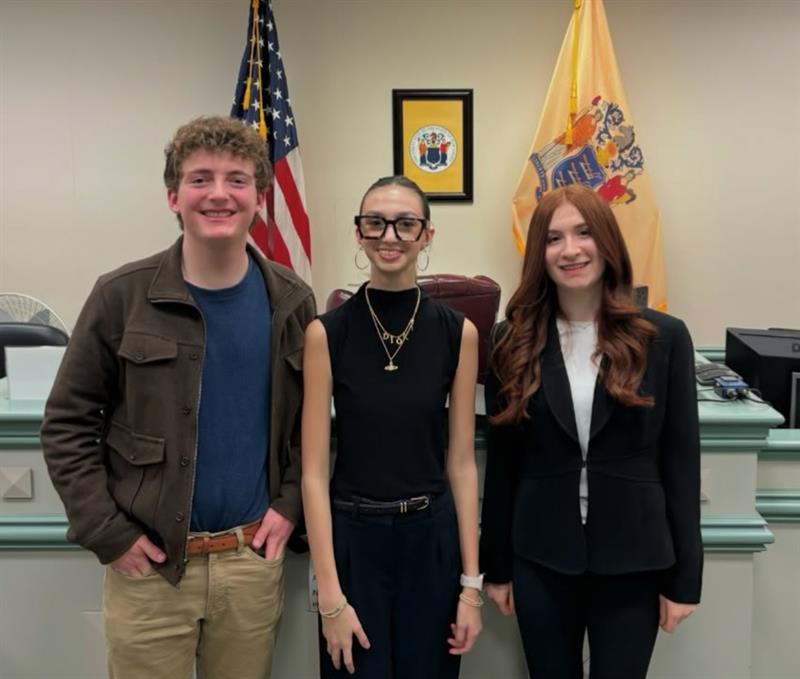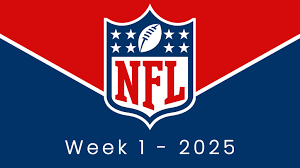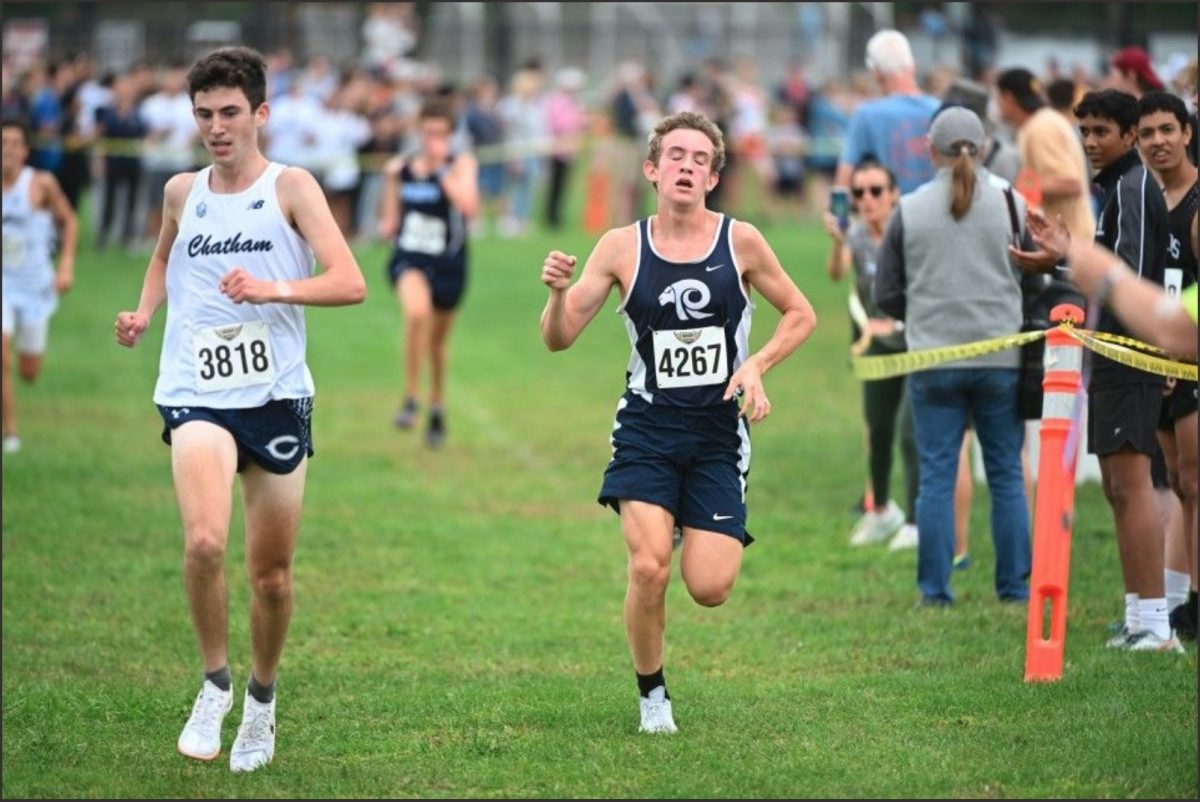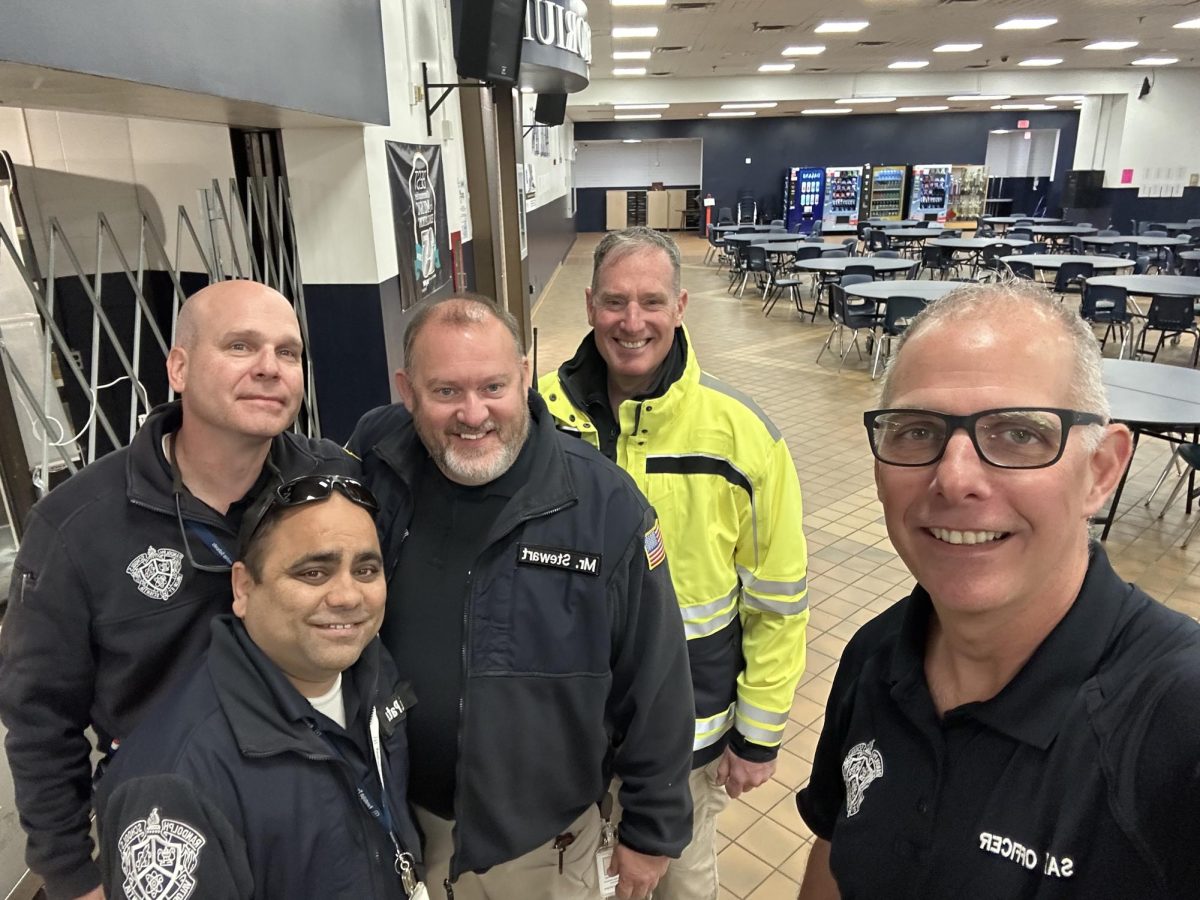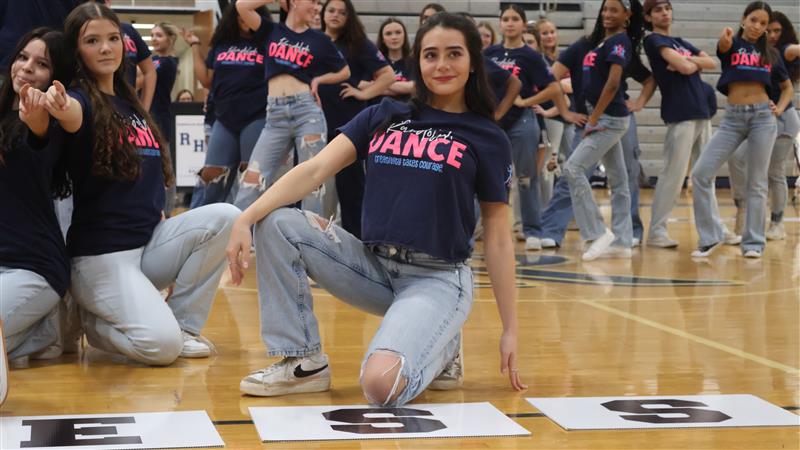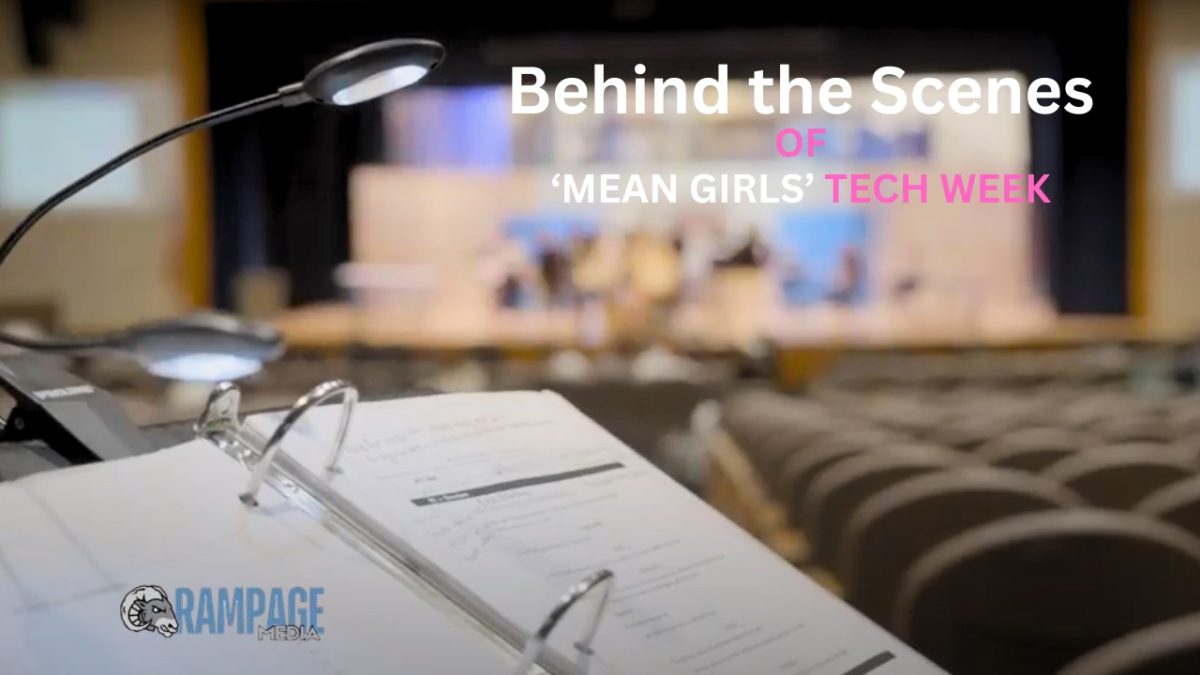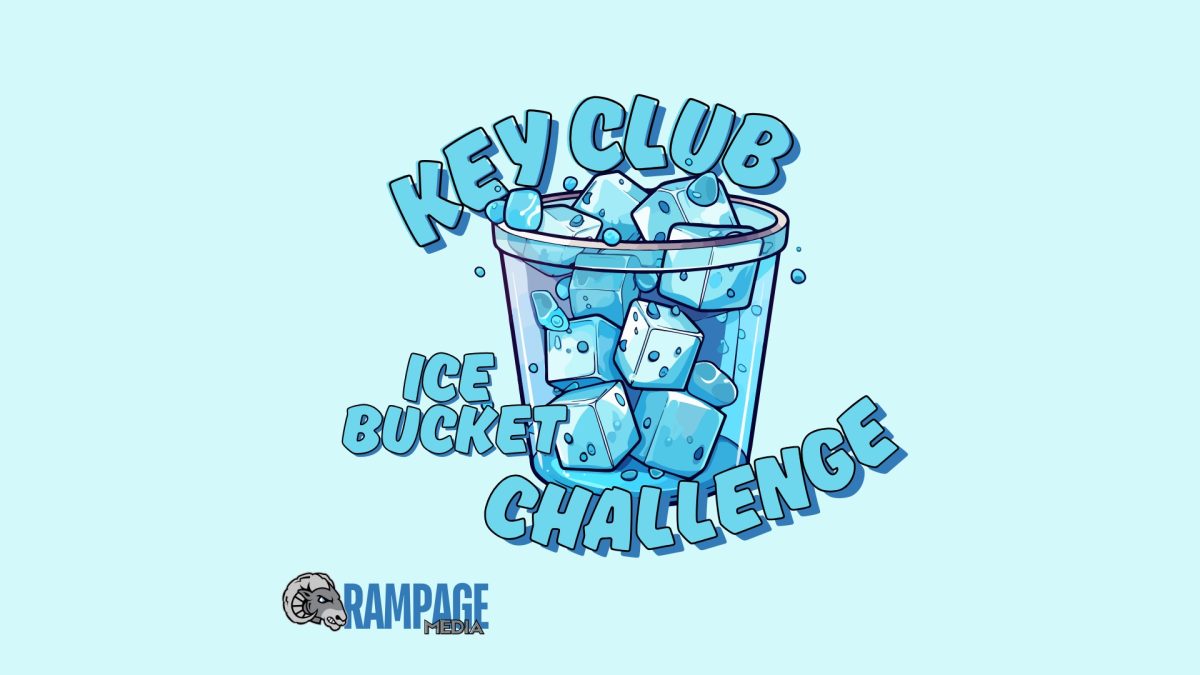“Batter up!”
As soon as he hears the umpire, Jake, my then 13-year-old younger brother, steps up to bat. Standing there in a red “Randolph Rec Baseball” T-shirt and baseball pants, Jake gets into the ready position, as the field erupts with cheers from the dugout. “Here we go, Jake! Here we go!” his teammates yell.
The pitcher, a left-handed master of the fastball, winds up to pitch. The ball flies out of his hands, going 70 mph toward the bat. At the last second, Jake adjusts his stance, accidentally moving into the path of the ball.
Suddenly, he crumples to the ground. The cheering stops. His coach, shocked, starts running toward him. Jake has been hit. He isn’t moving.
Two baseball moms in the stands who happen to be nurses, Bethany Liquore and Kristen Markowitz, recognize the urgency of the situation and run to the scene. Glenn Shuster, Jake’s and my dad, kneels by his side, feeling helpless, as he’d later recall.
Realizing the exigency of the situation, the catcher, who happens to be a CPR-trained lifeguard, runs to get a defibrillator from a nearby EMT vehicle. In an urgent situation like this, every moment is crucial.
In the meantime, the nurses begin CPR. Within seconds, even before the catcher returns with an automated external defibrillator (AED), Jake’s heart miraculously restarts. Soon, he is talking again; his life has been saved.
We would soon learn Jake’s diagnosis; he experienced something called “commotio cordis” when his heart stopped. According to Dr. Jeffrey Dayton, Jake’s pediatric cardiologist, commotio cordis, Latin for “agitation of the heart,” is a rare and potentially fatal condition that can occur when someone experiences a sudden impact to their chest from a blunt object like a baseball.
“When the object strikes the chest at a vulnerable time in the cardiac cycle, it can cause a life-threatening arrhythmia called ventricular fibrillation,” Dr. Dayton explained. “When a heart is in ventricular fibrillation, it is quivering instead of beating normally, which causes a sudden collapse and loss of consciousness for the individual.”
A study by JAMA Network found that, of 128 confirmed cases, 95% of the victims were male, with an average age of 13.6 years. Most incidents (62%) occurred during organized sports, such as baseball.
What Dr. Dayton explained next is perhaps the scariest part of the condition: “A person may not survive commotio cordis unless cardiopulmonary resuscitation (CPR) and defibrillation using an automated external defibrillator (AED) are immediately performed.”
According to Science Direct, over the past six years, the survival rate for commotio cordis has improved to 58%, with 31 out of 53 cases surviving. This increase is largely due to faster emergency responses and access to AEDs. Survival rates are significantly higher when CPR and defibrillation occur within three minutes of the incident (40%) compared to later interventions (5%).
Thankfully, Jake was back to himself in no time. Later that summer, my family and I went to a lake house in Upstate New York. Jake spent the trip fishing and hanging out with friends and family, wearing a huge smile the entire time, proving he had regained his strength and bravely overcome his trauma.
Jake was one of the lucky ones. The fact that his heart restarted without an AED was a medical wonder, one of the few known cases in the country where a defibrillator was not needed to save the victim’s life. Although the device was not used in this particular instance, my family and I still learned how critical it is to spread the word about the need for increased youth sports safety, including having an AED accessible at all times.
However, this is not the case in most of the country. According to the American College of Cardiology article, “Requirements for AEDs in U.S. Schools Need Improvement,” only 17 states require AEDs in public schools and only one requires them on a college campus. In addition, only five states offer funding to schools to purchase AEDs. This means that nearly 35 million public elementary and secondary students attend school in the U.S. with no legislative requirement for having an AED on campus at all times.
The importance of always having an AED present at youth sports programs is emphasized in the Sage Journals article, “Commotio Cordis,” which states “The occurrence of commotio cordis is related to the time of impact during the cardiac cycle, direct impact over the heart, the hardness and speed of the projectile, and the ineffectiveness of chest barriers. Resuscitation within three minutes resulted in a survival rate of 25% (17 of 68 cases). Survival drops to 3% when resuscitation is delayed beyond three minutes.”
“I think it is important that as many people as possible—all coaches, assistant coaches and staff at all levels—should receive CPR, first aid and AED training as a state requirement,” Liquore recently stressed. “Emergencies can happen at any time, and we cannot count on a person trained like me to be there to help. The more people trained, the better.”
A year after the incident, Jake is now in eighth grade and thriving. “My recovery has been going well,” he said. “I am back to playing basketball and track and field again. However, it is very tough to recover mentally from this type of trauma. I still wear a chest guard for any contact sports.”
Jake admits that while the trauma he experienced is hard to forget; what he remembers most is the incredible support he received following the incident. “I can recall that my family and friends were really supportive and caring,” he said. “They visited me and sent me gifts and candy. The Randolph community and my baseball team signed a baseball for me and sent me a Yankees jersey. Also, Randolph Baseball sent us tickets to box seats at the Somerset Patriots game, which was really special.”
Although the situation could have been tragic, Jake was saved by some of the best doctors and nurses in the state of New Jersey, and now my entire family and I work to inform others about the dangers of commotio cordis, how to prepare for it and how to help victims survive it.
“Patient survival and positive outcomes are dependent upon immediate and effective intervention,” Liquore said. “Every second truly counts, and if many people are trained, the best outcomes are possible.”
Editor’s note: To make a donation to help protect young athletes from the dangers of cardiac arrest brought on by commotio cordis, click on this link: https://www.oscarstrongfoundation.org/donate

